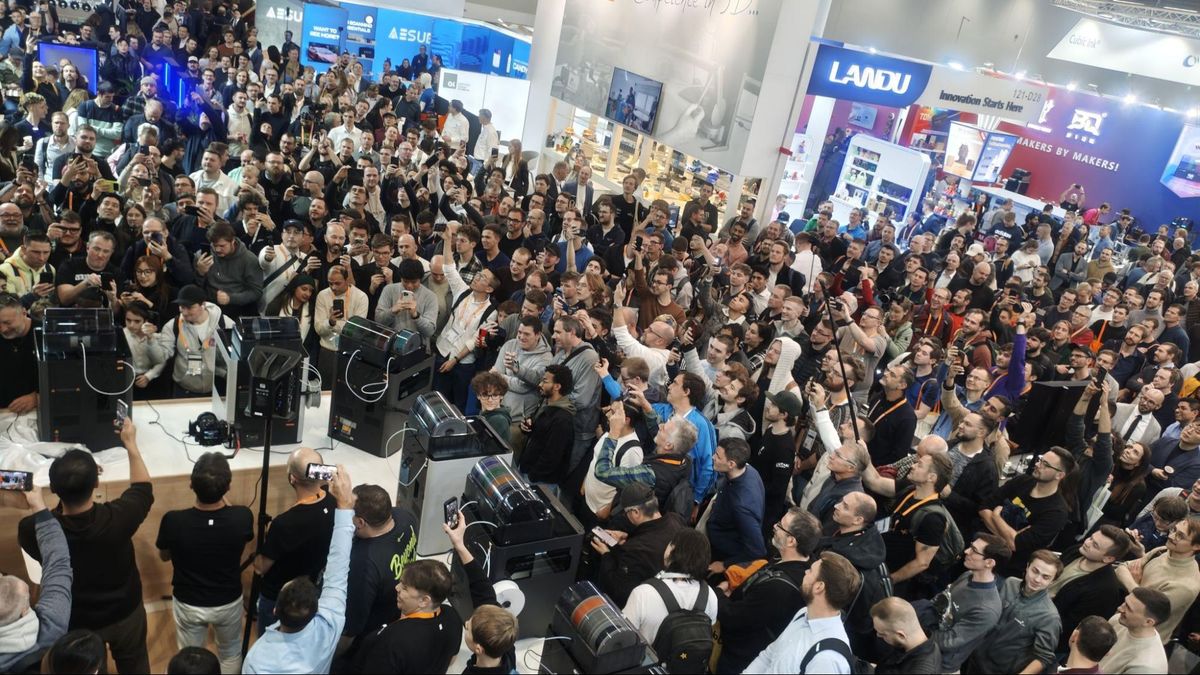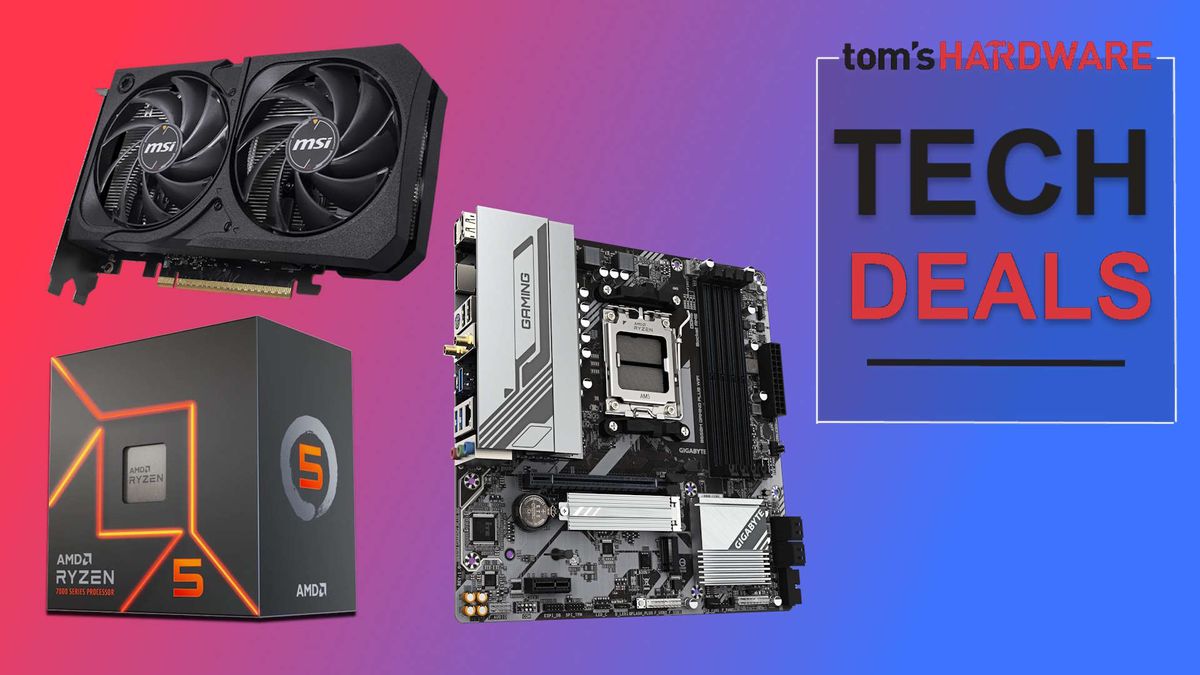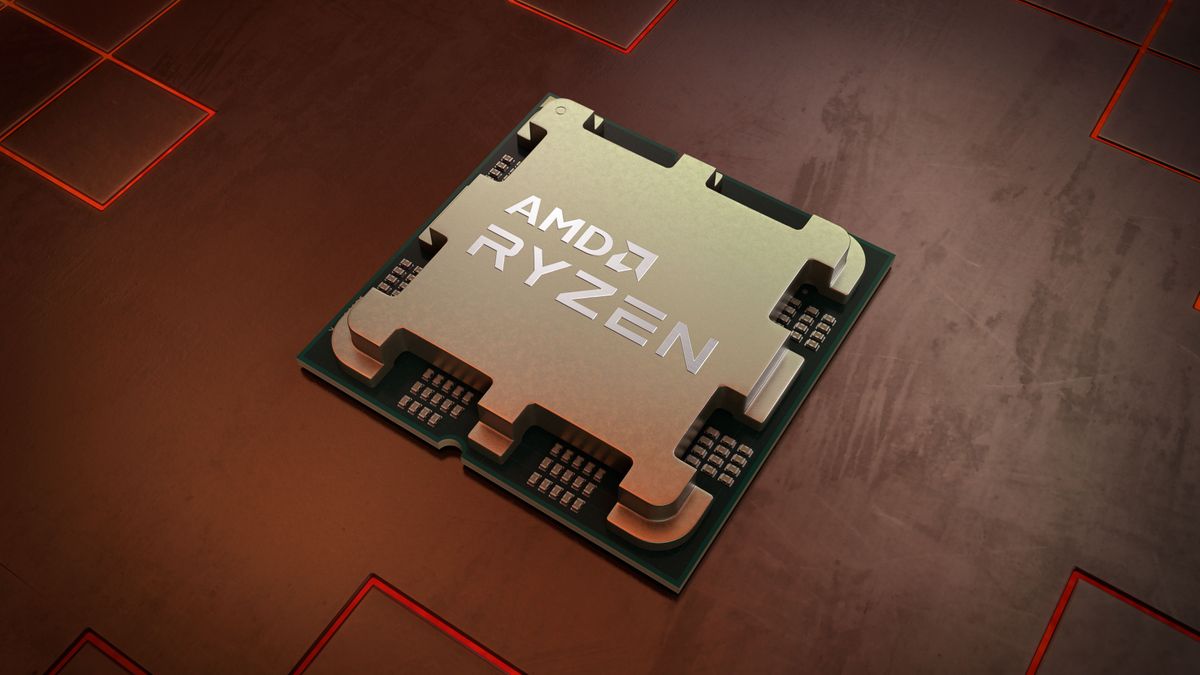One of the most charming bug = feature tales is the story behind the thrilling crescendo of pacing gamers experienced when playing the original Space Invaders arcade machine. This weekend, self-proclaimed C/C++ expert Zuhaitz reminded us that the adrenaline-pumping rising intensity of Taito’s arcade classic was not due to genius-level coding. Rather, it was simply the fact that the underlying Intel 8080 could run the game code faster as aliens were wiped from the screen one by one, by the player dishing out laser missile death.
If you ever played Space Invaders you surely noticed that each time you killed an alien the game went faster.But, if you checked the source code from one of the arcade machines, you would find nothing related to this. That's because this mechanic is a hardware accident.The… pic.twitter.com/UkqTEUvC9IOctober 25, 2025
The processor-bottlenecked performance slowdown persisted, even though the CPU was aided by a dedicated Fujitsu MB14241 video shifter in this cabinet design. Also, a Texas Instruments SN76477 sound chip was used for the iconic audio.
As Zuhaitz states in the above-linked Tweet, checking the original arcade game’s source code confirms there is no code to adjust the game speed as aliens are wiped from the game.
At the beginning of the game, “changing the position, redrawing the sprites and checking for collisions for each one of the 55 aliens was really expensive,” notes the computer engineering prodigy. In a way this isn’t just a bug becoming a feature, but for players of the original game this was a killer hook, and helped arcade machine owners liberate gamers of many shiny silvery quarters.
Space Invaders 1978 - Arcade Gameplay - YouTube

Space Invaders was launched by Taito in Japan in June 1978.
Later versions of the game, and emulators running on more modern, powerful platforms, would need mitigations to implement the ‘arcade perfect gameplay’ the original was renowned for. Rewrites and reboots could achieve the correct balance of game pacing using code. However, as emulators like MAME became popular, allowing the running of original code ROMs, they would benefit from custom configurations that limit CPU/timing parameters to period- and architecture-correct levels.

Follow Tom's Hardware on Google News, or add us as a preferred source, to get our latest news, analysis, & reviews in your feeds.

 1 month ago
39
1 month ago
39









 English (US) ·
English (US) ·